Do you know the history of riding glasses?
Little cool has something to say: how often do you know about riding glasses? Let's talk about the history of riding glasses today.

Goggles have evolved from a low but essential protective gear inside the rider's carry-on bag to an expensive fashion accessory. Dave Everett and Wade Wallace reviewed the literature and found examples of riding-specific glasses that have been remembered and bizarre in the past decades.
The first use of goggles in the sports world probably dates back to the 1820s. It is much later than God created dust, gravel, and flies. People feel that they need to use goggles to protect their eyes.
Those flying goggles and glasses were used by riders who were riding on non-paved roads in the early stages of "fast-paced traffic." The large military flying goggles made of glass and leather were the choice of those big champions in the early stages - like Lapize, Phillippe Thys and Ottavio Bottecchia can be seen wearing glasses like this to win the game.

The style of goggles originated in the 1820s (Vervaeke and Geldhol had smoked)
Until the 1850s, the goggles that we now know well were used for the first time in big groups. The flight goggles were still used but were modified - rubber replaced the leather and the frame became lighter.
Persol and Ray-Ban were the cutting edge brands of lenses and frames at the time. Sunglasses became more fashionable under the guidance of movie stars.
When new materials begin to be used - such as nylon and silica, you will find that everyone in the big group has a pair of glasses on his face. The king of the crown Fausto Coppi uses ultralight and stylish flying glasses. It is not uncommon for an Italian to dress up like him as a movie star, but he is indeed one of the few in the big group.

Fausto Coppi is the first person to wear flying glasses
The flight glasses slowly disappeared in large groups, in part because the pavement was getting better and the riders still wore sunglasses.
However, there are still some riders going against the trend. Jan Janssen, winner of the Norwegian Tour de France in 1968, is one of them. The reason he wears glasses is not because it can look cool or to guarantee the gravel principle, but because he is myopic.
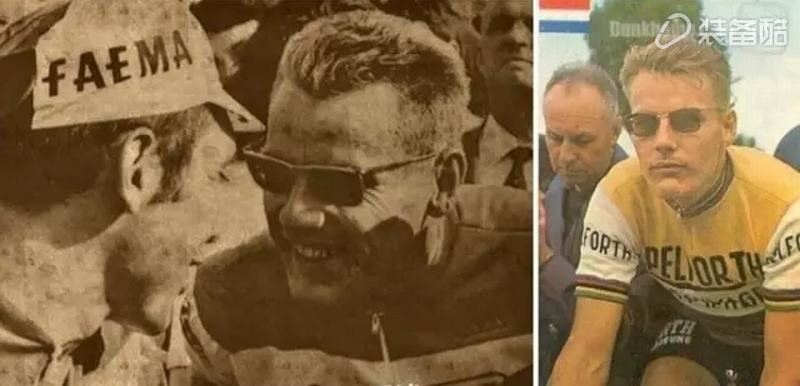
1968 Tour de France champion Jan Jannsen, left photo with Eddy Merckx
Although in the 1870s and just entering the 1980s, only those who really needed glasses would wear glasses during the game. Laurent Fignon or "The Professor", his nickname is because of his glasses. Throughout his career, from 1982 to 1993, he was wearing his round glasses.

Until people like Carrera started wearing ski glasses in big groups, things started to become interesting. Carrera began wearing glasses since 1956, but the presence of thermoplastic and interchangeable lens sets has improved the level of riding special glasses. With the appearance of one person, he and his followers began to change the appearance of sports glasses. He is Jim Jannard and his followers are called Oakley.
Jim started making and selling the kit for off-road motorcycles and BMX in 1975. After the success of his career, he turned his attention to the goggles industry of off-road motorcycles and BMX. 1984 was the year when modern functional goggles appeared on the market, and that was the era of Oakley glasses.
When some riders started to use flying glasses, Greg Lemond started wearing goggles. He purchased the equipment himself before the Tour de France and contacted Jannard with some extra lens sets. Since then, Oarkley has become a solid part of the road bike culture.
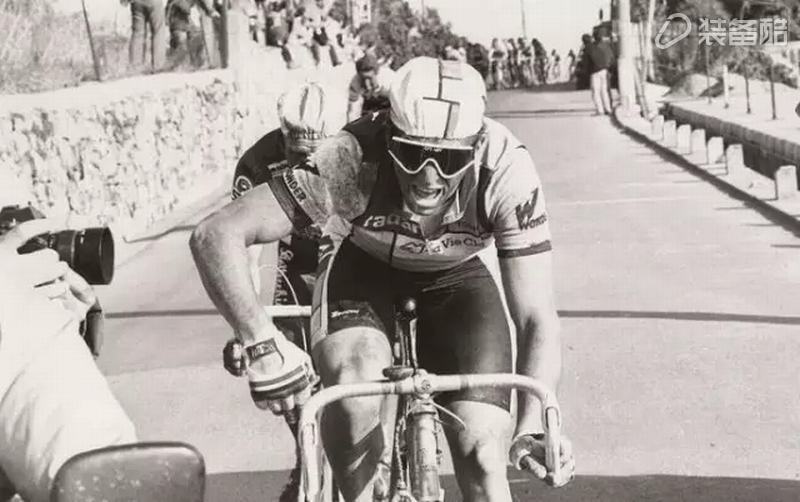
Greg Lemond wears Oarkley eye masks in San Remo, Milan, 1986
In 1985, Lemond and Phil Anderson became Oarkley's first official endorsements in the big group. The huge lenses and brilliant colors appeared to be extremely prominent. Anderson's boundless eyeglasses worn by Robyn immediately captured everyone. Eyeballs.

In 1987, half of the big groups wore goggle-style glasses. In this year's Tour de France, all riders wore spectacles, which became their necessity.
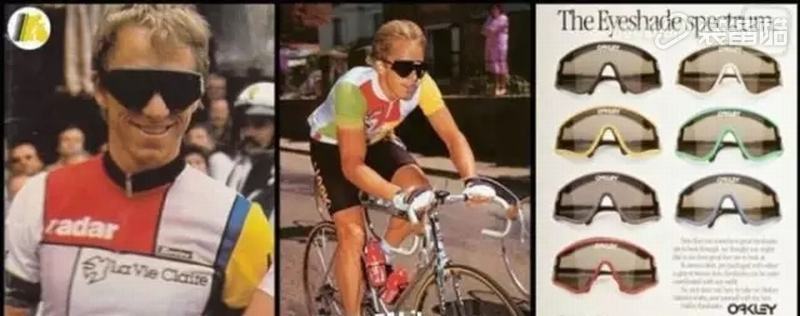
At this time, Oarkley is not the only manufacturer looking to make breakthroughs in cycling and other sports. New brands are emerging in the market. The Briko and Rudy Project and even the French manufacturer Look have a background in the field of snow sports and they all participate in the field of sports glasses. Some of them succeeded while others failed.
The industry is growing very fast, thanks to new lens panels, interchangeable lens assemblies, and new frame materials. Briko entered the market with some designs inspired by the insect eye, and Oarkley developed an integrated lens set on the curved surface. Even if the eyesight is not good, it will not look like a librarian in a pile of books.

In the early 1990s, if you thought you were a sprinter or a strong competitor in the classics, you might need Briko's glasses – a multi-coloured product that can rotate the temples. Franco Ballerini and Mario Cipollini make them look cool, even if the latter is the lion head.

If you are not a good sprinter, you can also be like Marco Pantani and his Briko Stingers

Not an Italian fan? Do you like a bit more vintage German style? It is best to choose Noosa from Rudy Projects
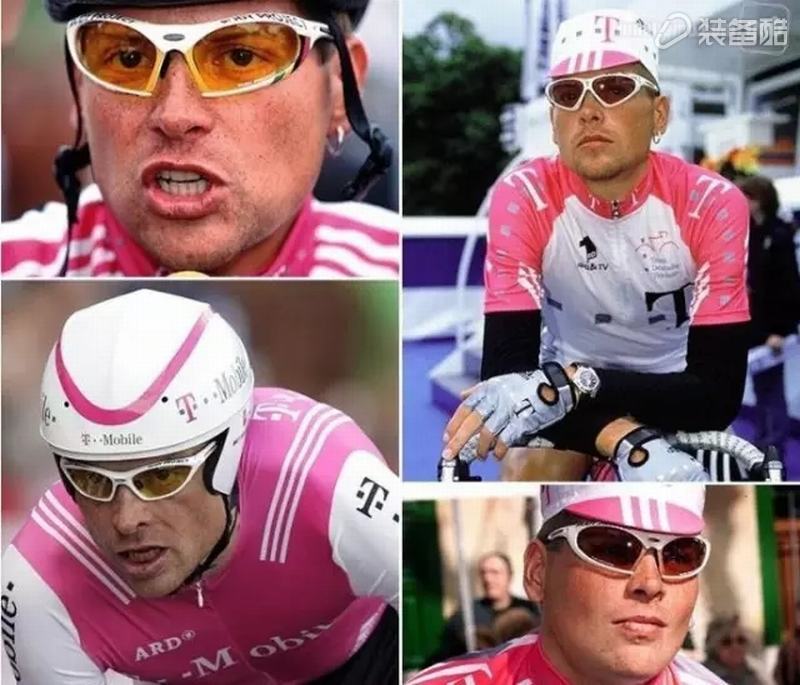
But Oakley is always at the forefront of sports eyewear brands, whether it's product styles, product development or advertising. Although they also make serious mistakes. Like the Over The Tops product in 2000, is this just a gimmick in the market or Oakley's talented designers want to make sports glasses like that, who knows?
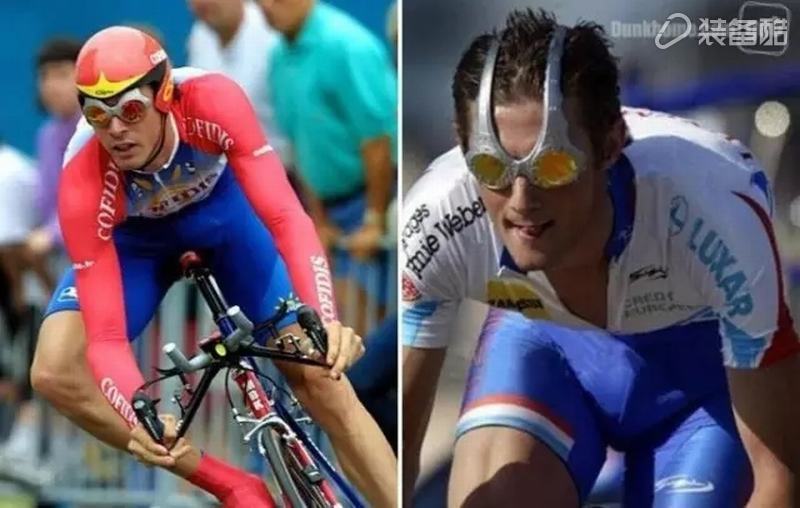
David Millar (left) and Frank Schleck (right) wearing glasses named Over the Top
Lance and his team were all Oakley's movable type signs in the 1990s until they were all retired (or were crippled). M-Frames is what many famous drivers have come to expect. If you're a tough guy, Racing Jackets, this George Hincapie looks like it has 1000 and exhibits a variety of strange paintings. It's also the right choice.
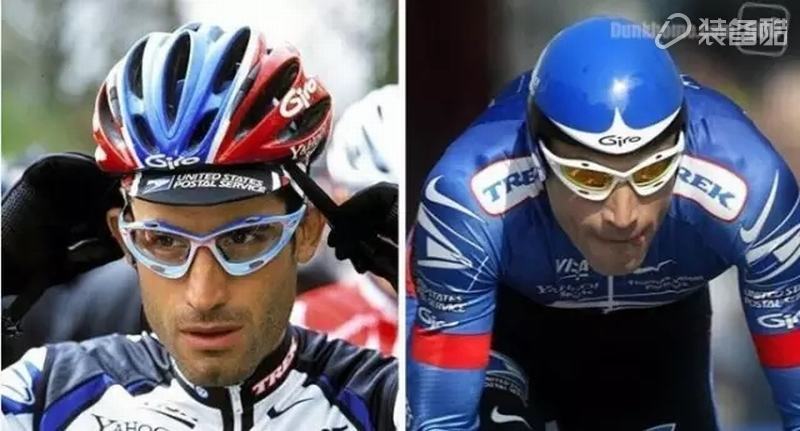
Big brands such as Lightning and Giro also tried to join this fierce competition in optical sales, but it was too difficult to find enough market share.

Lightning launched a raid on the sports mirror market with the introduction of Specialized Miura. Among them, Philippe Gilbert and Tom Boonen are wearing.
Of course, in recent seasons, we have seen some interesting developments in the sports mirror industry. Ryder Hesjedal made his Poc glasses wavy in 2013. Whether you like him or not, this eyewear has received a lot of attention.

Ryder Hesjedal brings Poc's disc glasses to the bike market. In the picture, he wears Poc DID glasses during the Tour de France in 2013.
Earlier in 2016, Oakley launched the Heritage Collection to celebrate 30 years of sports eyewear, including Eyeshades, RazorBlades and Frogskins to celebrate this return.

Yoann Offredo wears a vintage line of glasses in San Remo in Milan in 2014
In the modern professional group, other praiseworthy brands are Zero H+, and Western Corsair Contador has worn.
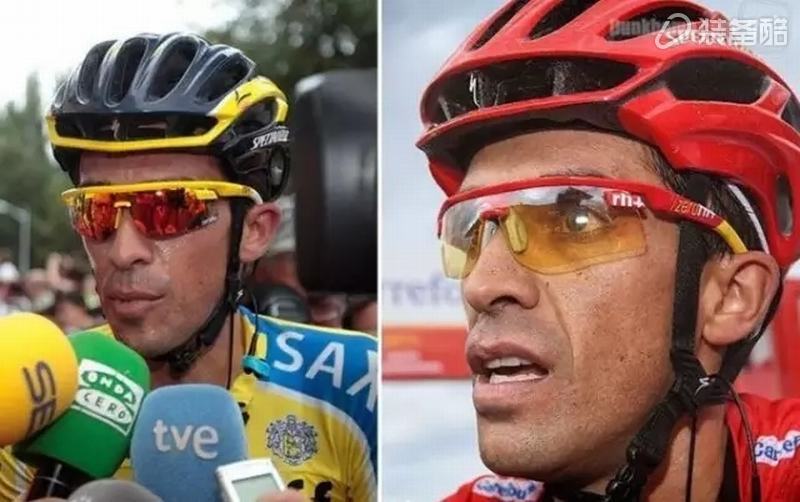
At the same time, the new Bolle 6th Sense (not yet commercially available) was recently worn by Simon Gerrans in Canada.

The models that will be introduced in the near future are Oakley's Jawbreaker, a follow-up to Jawbone, which has been popular. Jawbreaker had a brief public exposure, including a brief Tour de France performance in Cavendish.
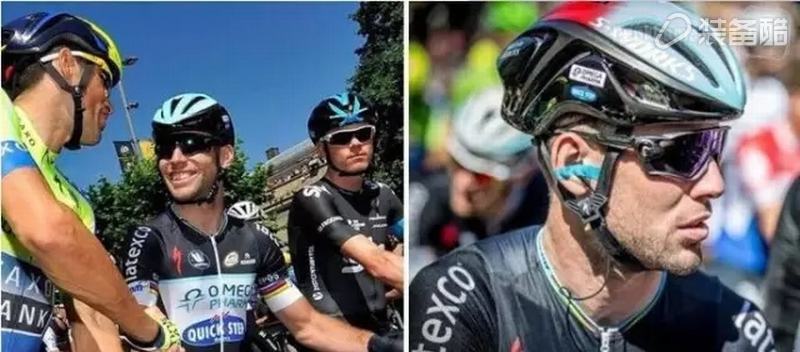
Something different, Giro's Air Attack Aerodynamics helmet has a magnetic "glasses shield" attachment.
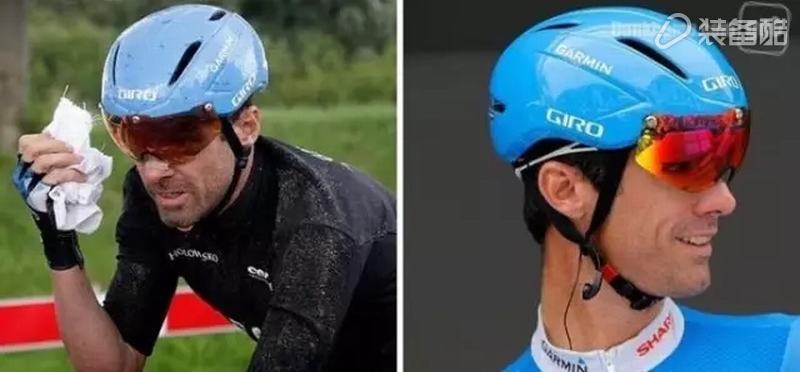
Garmin-Sharp uses Giro's helmet until they switched to Poc in 2013
The lens shape, optical clarity, and frame material of the moving mirror have all been improved and developed in recent years. But what are we looking forward to next? Perhaps it is looking forward to the direction of high-tech.
You can already buy glasses with built-in cameras. They can perfectly record the movement of the vehicle in a dynamic manner and stop at will. Can these technologies not be further developed so that we can watch the game from the perspective of the players? This is hard to say.
We can see speed, distance and your rhythm in front of your eyes through Recon Jet glasses. Google also has the launch of the glasses project, which can show the data displayed on the iPad in real time to you, and may also know the distance of the next coffee shop through your glasses.

But what exactly do we want? We want a pair of good-looking glasses that make us look good for coffee, but suffer in the woods or riding on the road? I think it depends on personal preferences, but anyway, the long and colorful relationship between cycling and glasses will continue and will not end.
Reproduced Source: Headwind XDS
Outdoor Swing Set using rattan hand weaving one by one and aluminum rush resistant frame, with stronger steel support with rust-proof outdoor powder-coated.
Outdoor Swing Set make your garden more beautiful . Rattan fibers are smoothly double woven around concealed powder-coated aluminum frames. Gently angled backs and wide arms encourage restful lounging. The industry`s best high-performing fabrics encase the thick, double-wrapped foam cushions.
· Traditional forms with a spacious, inviting scale
· Handwoven premium resin wicker UV resistant
· Rust-resistant powder-coated frames
· Cushions included with 30 density sofa foam
· Versatile tempered glass tables
· Cushions also available with 100% waterproof fabric.
Outdoor sofa Furniture contain sectional sofa, deep seating sofa, round or semi-round sofa furniture, and garden set.
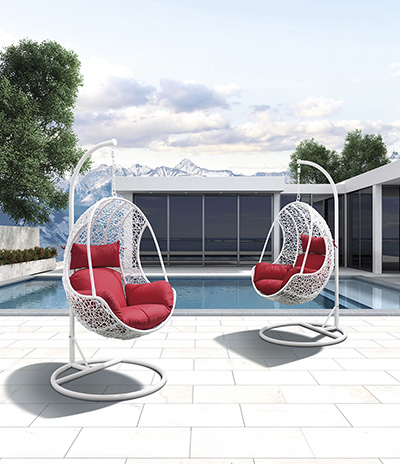
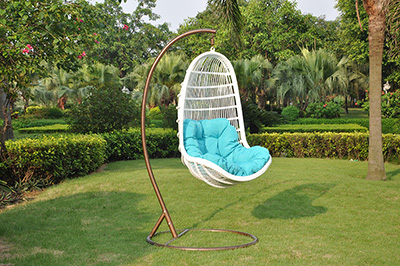
If you have any questions, please contact with us directly. Outdoor Sofa Furniture are produced
by Golden Eagle Outdoor Furniture With High Quality and Good Appearance. Welcome you can visit our Factory.For any inquiry,Please send mail directly to us.
Outdoor Swing Set,Wicker Outdoor Swing Set,Patio Outdoor Swing Set,Garden Outdoor Swing Set
Golden Eagle Outdoor Furniture Co., LTD. , https://www.gerattan.com